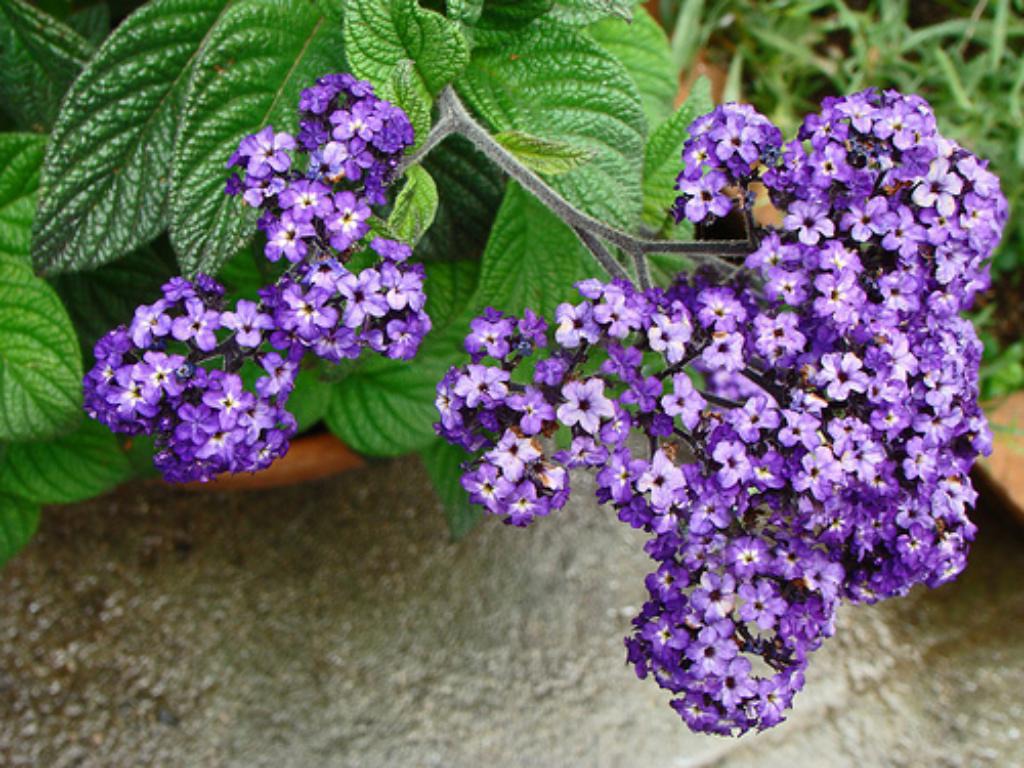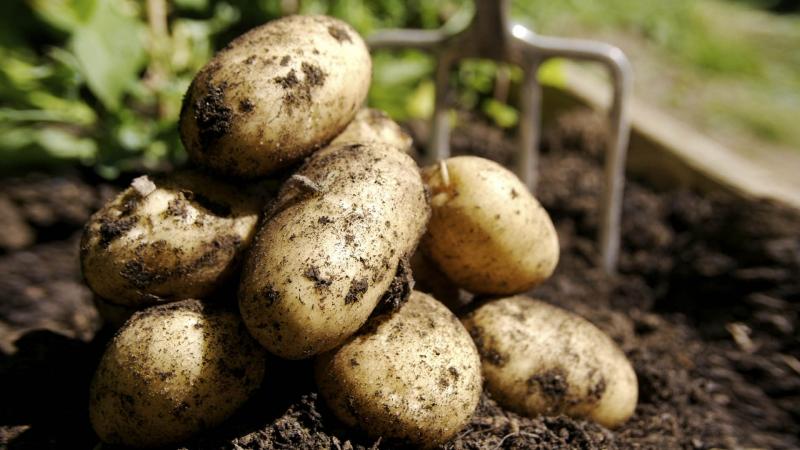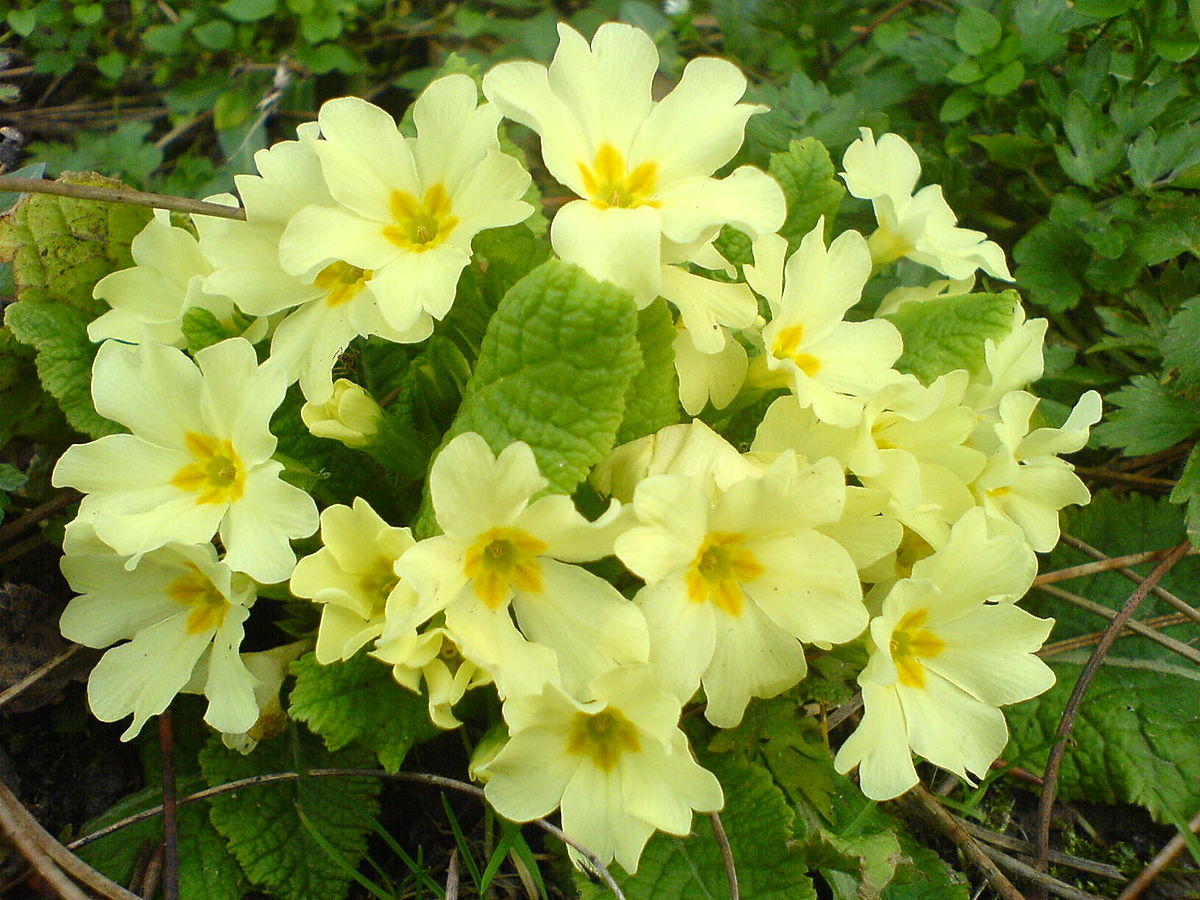The period of development of heliotrope is quite long, but despite this it is very easy to grow a flower from seeds. After all, the seeds of the plant are large in themselves, they are easy to sow, besides, the seedlings adapt well to indoor conditions. In the old days, heliotrope was a very popular plant, without which not a single estate in Russia could do.
Content
Heliotrope: the nuances of cultivation and sowing dates
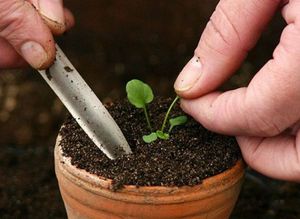 Heliotrope blooms 80–110 days after germination, and this period is longer in older varieties, and shorter in modern varieties. If you sow heliotrope from February 20 to March 10, then in June you will receive a beautiful plant with delicately smelling flowers.
Heliotrope blooms 80–110 days after germination, and this period is longer in older varieties, and shorter in modern varieties. If you sow heliotrope from February 20 to March 10, then in June you will receive a beautiful plant with delicately smelling flowers.
For heliotrope, no special nutrient medium is required, since the plant develops rather slowly.
For sowing, a store is used flower soil or a mixture of sand and peat (not sour) in the ratio ¼.
Description of the heliotrope flower
 Heliotrope is a representative of the Buranchikov family. May be in the form of a herbaceous plant, shrub or semi-shrub. Blooms in the summer with small flowers of bright purple, lavender, lilac or color, which are connected by original curls.
Heliotrope is a representative of the Buranchikov family. May be in the form of a herbaceous plant, shrub or semi-shrub. Blooms in the summer with small flowers of bright purple, lavender, lilac or color, which are connected by original curls.
The leaves are alternate, on short petioles of dark green or green color, have a wrinkled surface. Due to the high content of essential oils, heliotrope flowers exude pleasant sweet aroma.
In nature, heliotrope occurs mainly in subtropical and tropical climates and has about 200 varieties.
Some species can be seen in the European Uplands (southeastern part), in Altai, the Caucasus and Central Asia. Favorite places - mountain slopes, occasionally grows on salt licks. Heliotrope grows especially well in weedy places where the soil is sufficiently fertilized.


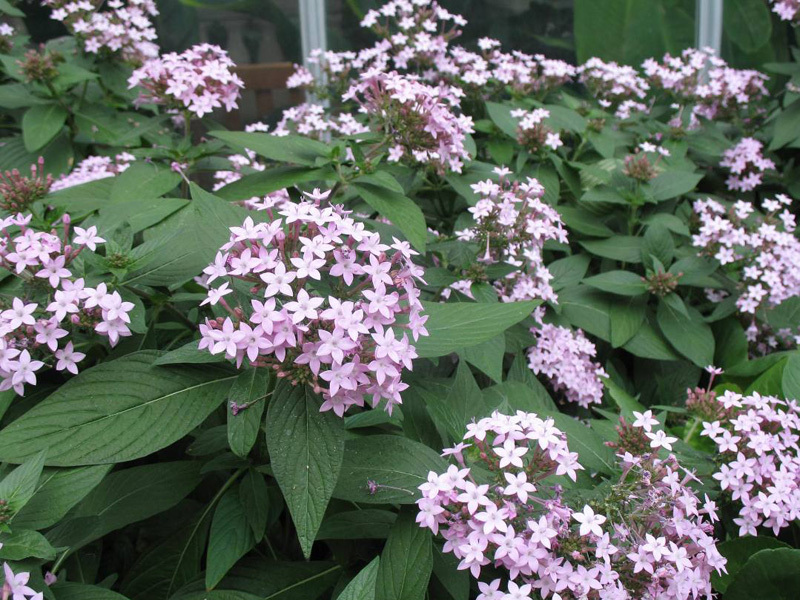
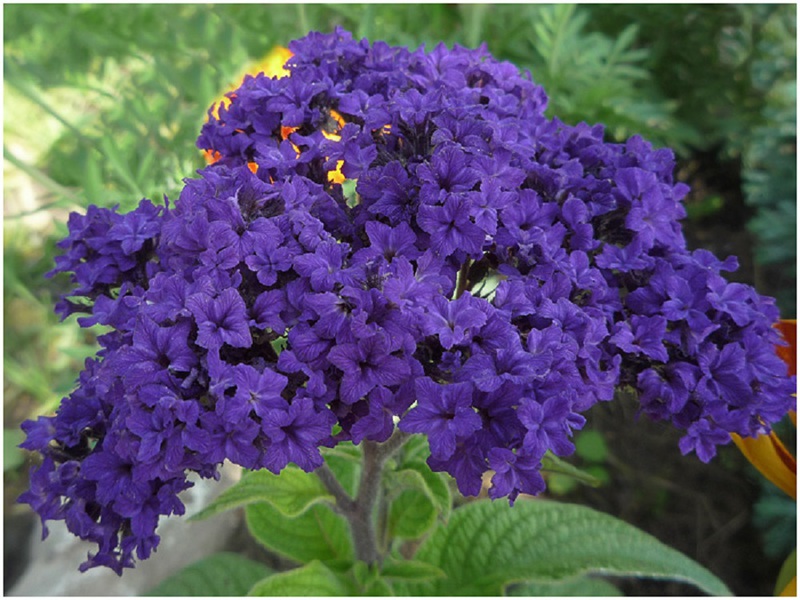
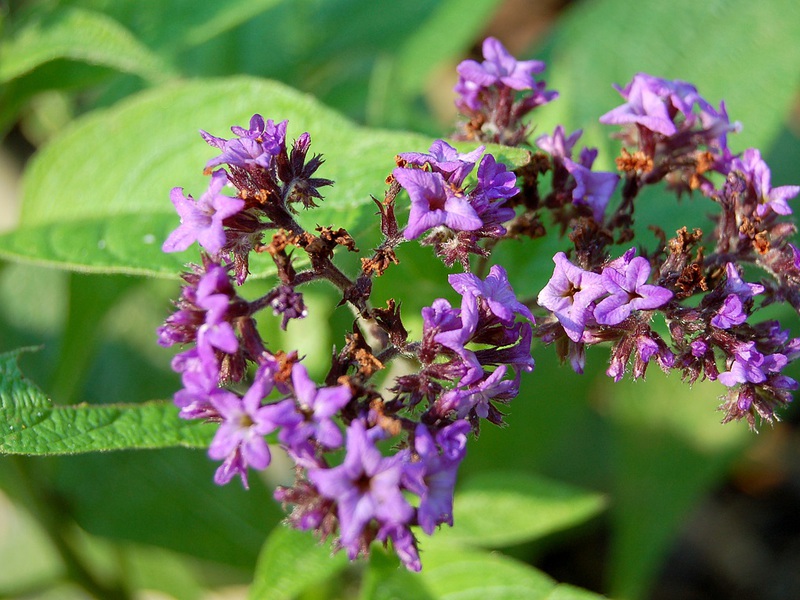
This plant with a sweetish smell has long attracted the attention of breeders. Modern bred varieties, differ from each other diameter of inflorescences, bush height, color.
In addition, each species has a variety of aromas ranging from low to strong. The most popular variety is the arboreal heliotrope, which has large leaves and small flowers.
- Heliotrope Marine. Quite a compact bush 0.5 meters high. It has bright purple flowers up to 15 cm in diameter, with a rich, pleasant aroma. A distinctive feature of this variety is a very fast development period: if all the rules of care are followed, the plant blooms already in the first year after sowing.
- Marine Blue. It has a small bush 40−45 cm high. The flowers are purple in color, their aroma resembles the smell of a freshly baked cherry pie.
- Sea breeze. Dwarf bush. Inflorescences are large lilac shades. Is of South American origin. The plant feels good both at home on the windowsill and in the open field.
- White Lady.A distinctive feature of the plant is that the unblown buds have a pink tint, and the flowers that have emerged from them are white.
- Princess Marine. Compact bush no more than 30 cm high. Inflorescences are bright purple in color, with a barely noticeable aroma.
- Regal Dwarf. Due to its small size, it is suitable for growing in confined areas. The inflorescences exude a strong sweetish aroma.
- Freygrant Delight. The color range is from lavender to deep purple. The inflorescences exude a deep vanilla aroma.
- Baby Blue. The variety is grown mainly in floor-standing pot containers. Flowers of bright purple color, have a strong sweetish aroma.
Heliotrope multiplies by seeds or by cuttings.
Growing by cuttings
 The procedure is carried out in the winter (January - February), so that the bushes have time to go through all stages of growth and development before planting in open ground.
The procedure is carried out in the winter (January - February), so that the bushes have time to go through all stages of growth and development before planting in open ground.
Young shoots cut from the main trunk and landed in specially prepared bowls, where they take root. To create a "greenhouse effect" containers must be covered with cellophane or plastic cups.
During this period, the shoots especially need additional lighting. The duration of daylight hours is at least 10 hours. To achieve splendor - a young bush must be pinched.
Heliotrope Sea Breeze: growing from seed
Before planting seeds, it is recommended to steam the soil with boiling water. This is done in order to prevent fungal diseases that may appear as a result of early sowing, since the duration of daylight hours during this period is still very small.
 Pour the slightly moistened soil mixture into a container and compact with a board.
Pour the slightly moistened soil mixture into a container and compact with a board.- Spread the seeds evenly on the surface and lightly sprinkle them with earth (1-2 mm layer). This method of sowing will keep the seeds from drying out.
- Drizzle in small portions until the soil is completely saturated with water.
- Put the containers in a plastic greenhouse or container and put them in a warm place. The temperature should be at least + 18-20 ° C.
- When shoots appear, take out bowls with crops from the container and place them on the windowsill. The optimum temperature for seedling development is + 20-22 ° C.
Heliotrope Seeds germinate within 5-20 days, in rare cases - up to 28 days. But still, if after 21 days the seedlings did not appear, it is better to repeat the sowing. Heliotrope tolerates a lack of light well, but still it is better not to plant it on northern and shaded windowsills.
Dive heliotrope
Plant picking is carried out after the appearance of two true leaves. Each seedling must be dived into individual containers 9 * 9 cm. The soil mixture can be the same that was used for sowing.
If necessary, the roots should first be untangled with a toothpick so that they are located in the ground without bending exactly.
Water the seedlings, and 14 days after the pick it is recommended apply any fertilizer for seedlings, strictly follow the instructions on the package.
Heliotrope: transplant to a permanent place
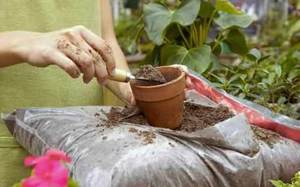 After the threat of frost has passed (usually at the beginning of June), the seedlings can be planted in open flower beds. Seedlings can also be placed in plastic planters by combining heliotrope with other annuals.
After the threat of frost has passed (usually at the beginning of June), the seedlings can be planted in open flower beds. Seedlings can also be placed in plastic planters by combining heliotrope with other annuals.
To do this, you must fill the container potting soil and apply mineral fertilizer at the rate of 1 tbsp. l. / 5 liters of soil. You can use a special fertilizer in granules for indoor, container and balcony plants (dosage according to instructions) or fertilizer sticks.
Such fertilizers release nutrients gradually as they dissolve very slowly. One filling is usually enough for the whole season.
If heliotrope is planted together with phlox, then the planting rate should be as follows: for a container with a diameter of 40 cm, three heliotrope plants and 5 phlox. It is not worth tightening the landings too much.
After watering, you can place the container in a permanent place and be sure to shade him... Done! Now all that remains is to wait for flowering.
Heliotrope care
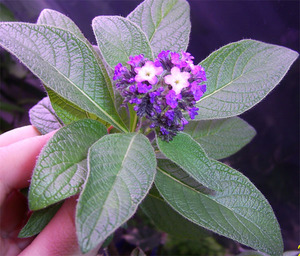 Throughout the season, the plant requires feeding with complex fertilizers (preferably in liquid and well-diluted form). The frequency of introduction is every 14-21 days.
Throughout the season, the plant requires feeding with complex fertilizers (preferably in liquid and well-diluted form). The frequency of introduction is every 14-21 days.
During the active growing season, heliotrope is necessary water abundantly... But be careful - excess moisture can lead to rotting of the root system!
Since the plant is light-loving, it should be planted in well-lit places... Otherwise, the bush begins to wither, has a rather faded appearance and weak inflorescences.
When the cold period comes, the flower should be transplanted in a plastic pot or container and place in an apartment. The room must be well lit.
Protect the heliotrope from direct sunlight, otherwise the delicate leaves of the plant can turn unpleasantly dark or get sunburn.
Complex fertilization should be started at the end of February and continued until the end of the summer period. In spring, the room temperature should be no more than 18 ° C. this will speed up flowering.
Watering should be limited, but it is important to ensure that the soil does not dry out. Because a home-grown bush is very sensitive to low temperatures, a plant should be planted on a balcony only when the threat of frost has passed. Hardening is recommended beforehand.
Diseases and pests
Insufficient or improper care of heliotrope can provoke the appearance of the following diseases:
- the appearance of spots of gray rot on the leaves. The disease may appear due to the presence of the bush in conditions of excessive humidity or in a dark room;
- lethargy and falling leaves - lack of moisture;
- yellowed and fallen lower leaves - excessive watering and rotting of the root system;
- dry or folded tips of the leaves - too high an indicator of dry air;
- yellowed or lightened leaves - lack of light or excessively high temperature.
Also, the "sunny tree" can attack the following pests:
- Whitefly. If you notice that small white midges fly around the bush, and the leaves have become sticky, you should immediately remove the diseased leaves and treat the plant with actellik.
- Spider mite. To the emergence of this pest leads to too high temperature conditions and lack of moisture. Remove leaves damaged by a spider mite (they are yellow) and treat the bush with an insecticide solution.
- Aphid. They remove the pest mechanically or act in the same way as in the previous case.
By observing all the rules of growing and caring for a solar tree, you will receive beautiful fragrant flower already in the first year of planting.
